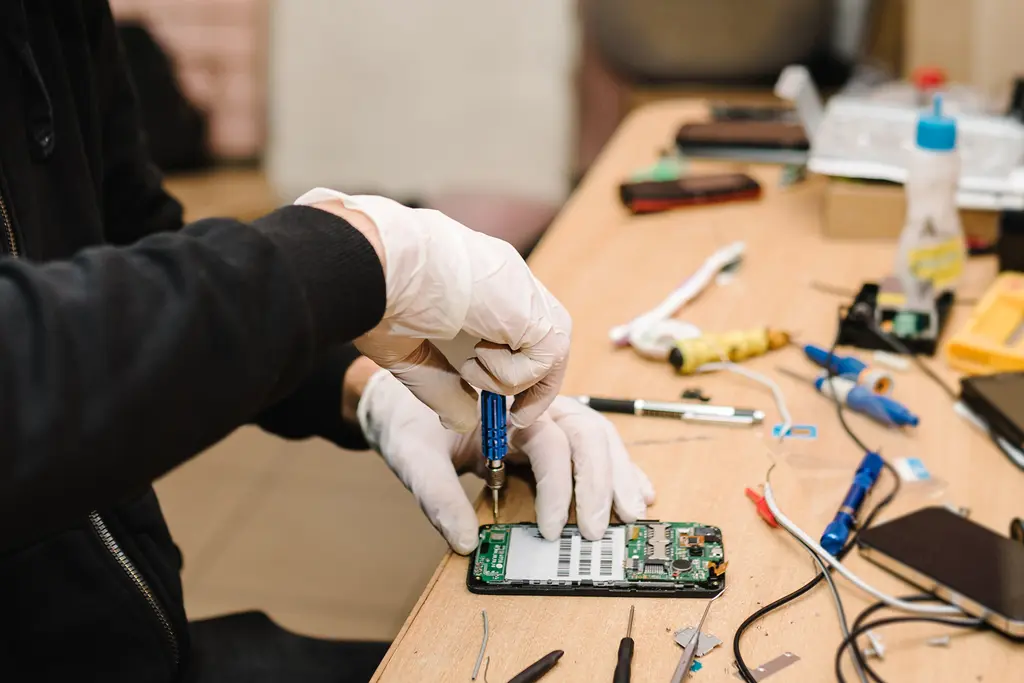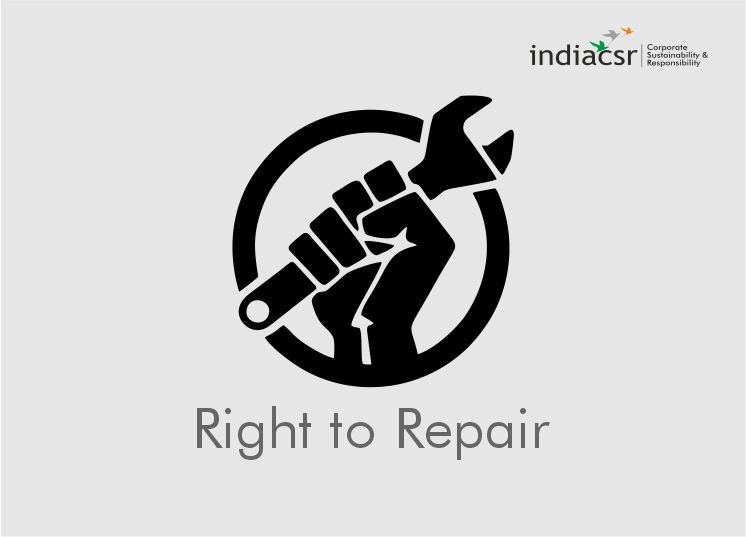Unraveling the complexities around the right to repair movement and its implications on intellectual property and the broader economy.
You’ve just damaged your brand-new electronic device. You visit a local repair shop, only to be informed they aren’t authorized to mend it. Confused and frustrated, you wonder if you truly own the device you paid for. The significance of the right to repair is evident. It has vast implications for consumers, industries, and sustainability. With appropriate checks in place, the evolution in laws, as witnessed in New York, could be the future, benefiting all stakeholders involved.
IP and the Right to Repair
IP rights play an integral role in this issue. While we might assume owning a product gives us the right to repair it, intellectual property rights can dictate who gets to fix our cherished devices. This stems from the intricate web of embedded software and technologies within them, protected by IP rights. In the US, the Digital Millennium Copyright Act (DMCA) makes tampering with these protective measures illegal.
Manufacturer’s Perspective
Manufacturers raise concerns about the quality of unauthorized repairs, the security of devices, and potential IP violations. Moreover, third-party repairs can lead to safety hazards, which can come back to bite the manufacturer if things go south.
The Right to Repair Movement
In recent times, the push for the right to repair has gathered momentum. Supporters argue that restricting repairs can lead to monopolies, heightened costs for consumers, and increased electronic waste, contradicting sustainability efforts.

Legislative Strides Towards Change
Several states have recognized the need for change, with over 40 states crafting legislative proposals to create a right to repair. President Biden’s 2021 executive order aimed at promoting competition further accentuated this.
A significant milestone was New York’s “Digital Fair Repair Act”, signed into law in late 2022. Effective July 1, 2023, it mandates manufacturers to provide diagnostic, repair information, and parts for digital electronic equipment, balancing consumer rights with manufacturer concerns.
Global Implications
The debate surrounding the right to repair isn’t just limited to the USA. With the interconnectedness of global economies and supply chains, any significant policy shift in one nation can ripple across borders.
Europe’s Stance
The European Union has been closely monitoring developments in the US. Given their robust history of consumer protection and sustainability initiatives, it won’t be surprising if similar legislative changes gain traction there. A forthcoming article will shed light on the European perspective, further highlighting the international importance of this issue.
Industry-Specific Impacts
Take the agricultural sector, for example. Modern farming relies heavily on technologically advanced machinery. Restricting the right to repair can delay essential agricultural processes, affecting food production and supply. The case of John Deere brings this dilemma to the forefront, emphasizing the need for a balanced approach that respects both IP rights and the necessities of modern farming.

Consumer Advocacy and Awareness
The evolution of the right to repair movement signifies the power of collective consumer voices. As more individuals become aware of their rights and the broader environmental implications, manufacturers will face increasing pressure to adapt their policies. Consumer advocacy groups, empowered by such legislative successes, will likely intensify their campaigns, bringing further attention to this pivotal issue.
A Sustainable Future
Beyond the immediacy of repair costs and manufacturer monopolies, there’s an environmental dimension to consider. In an era where sustainability is crucial, the right to repair can significantly reduce electronic waste, promoting a more circular economy. Manufacturers might also be encouraged to design products that last longer and are easier to repair, leading to a shift in production philosophies.
The Path Forward
It’s clear that the right to repair isn’t a black-and-white issue. While it’s essential to protect intellectual property and ensure product safety, consumer rights and sustainability cannot be ignored. As more states and nations grapple with this debate, collaboration between manufacturers, lawmakers, and consumers will be key. Such cooperation can lead to solutions that respect ownership, promote innovation, and uphold the broader public interest.
Right to Repair: A Global Debate
The right to repair, a heated topic in the intellectual property realm, is about consumers’ ability to fix their purchased products without being limited to manufacturer-approved services. While IP rights protect many of today’s products, the debate centers around manufacturers’ claims that only they or authorized services should repair these products to avoid IP infringement. The U.S. has seen growing support for this right, especially with New York’s recent “Digital Fair Repair Act.” The act balances consumer rights and manufacturer concerns, setting a precedent that might influence international policy. The implications span across industries, consumer rights, and sustainability initiatives. As the global discussion progresses, striking a balance between IP protection, consumer rights, and sustainability is crucial.
Also Read: The Intersection Of The Right To Repair And The Care Economy – By Dr. Sanjay Gandhi I India CSR
(India CSR)























